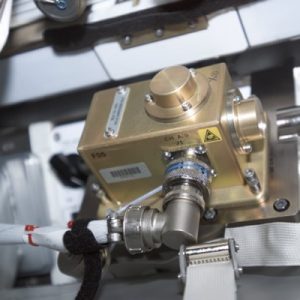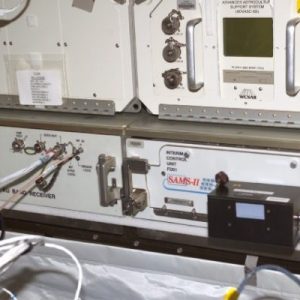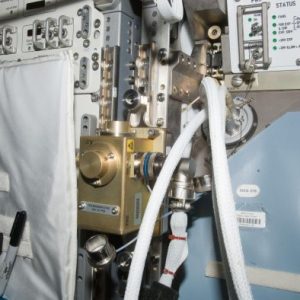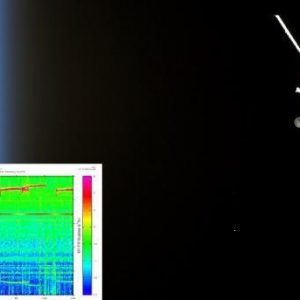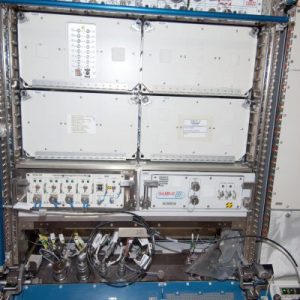Space Acceleration Measurements System-II (SAMS-II)
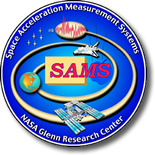 SAMS-II measures vibrations and transient acceleration disturbances resulting from ISS vehicle activities, ISS systems operations, experiment operations, crew movements, and ISS structure thermal expansion and contraction. SAMS Remote Triaxial Sensor (RTS) systems are used to monitor on-board ISS accelerations for individual experiments requiring direct acceleration measurement support. Each RTS is capable of measuring acceleration disturbances between 0.01 Hz and 400 Hz. This aggregate set of acceleration disturbances is commonly referred to g-jitter. Each RTSs consist of two components: the RTS sensor enclosure (SE) and the RTS electronics enclosure (EE). The RTS-SE, placed as close to the experiment as possible, translates the g-jitter into a digital signal. The RTS-EEs provides power and command signals for up to 2 RTS-SEs and receives the g-jitter data from the RTS-SEs.
SAMS-II measures vibrations and transient acceleration disturbances resulting from ISS vehicle activities, ISS systems operations, experiment operations, crew movements, and ISS structure thermal expansion and contraction. SAMS Remote Triaxial Sensor (RTS) systems are used to monitor on-board ISS accelerations for individual experiments requiring direct acceleration measurement support. Each RTS is capable of measuring acceleration disturbances between 0.01 Hz and 400 Hz. This aggregate set of acceleration disturbances is commonly referred to g-jitter. Each RTSs consist of two components: the RTS sensor enclosure (SE) and the RTS electronics enclosure (EE). The RTS-SE, placed as close to the experiment as possible, translates the g-jitter into a digital signal. The RTS-EEs provides power and command signals for up to 2 RTS-SEs and receives the g-jitter data from the RTS-SEs.
Previous Missions
SAMS, the precursor to SAMS-II flew on numerous shuttle flights since STS-40, including STS-107 (Columbia) which was lost in 2003. SAMS-II has been operating on ISS since Expedition 2.
Facility Details
Facility Manager(s)
William Foster, Glenn Research Center, Cleveland, OH, United States
Developer(s)
ZIN Technologies Incorporated, Cleveland, OH, United States

